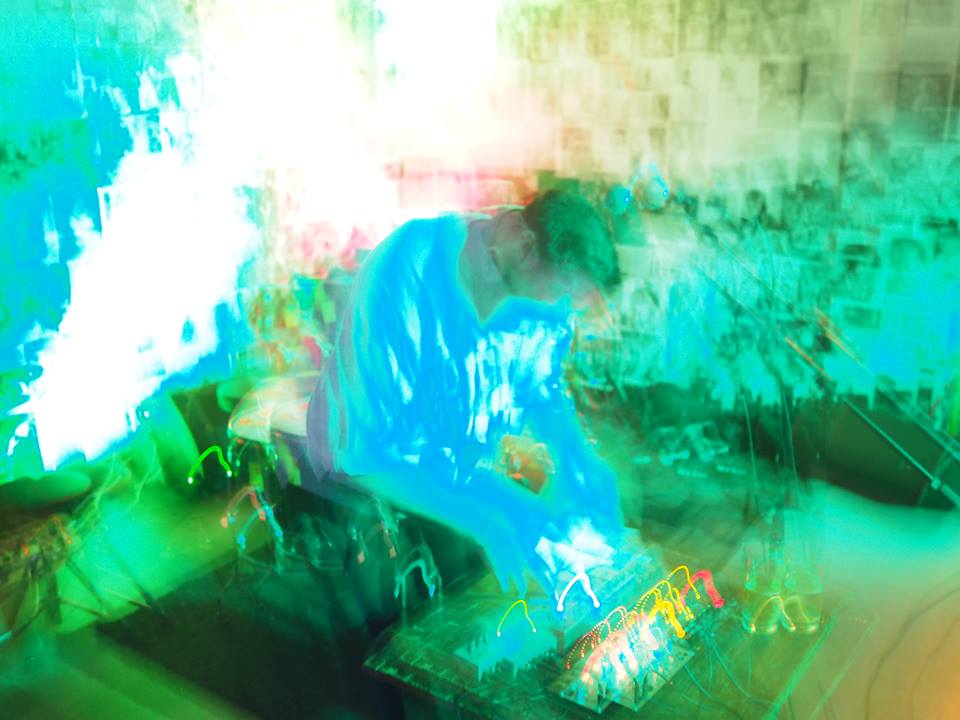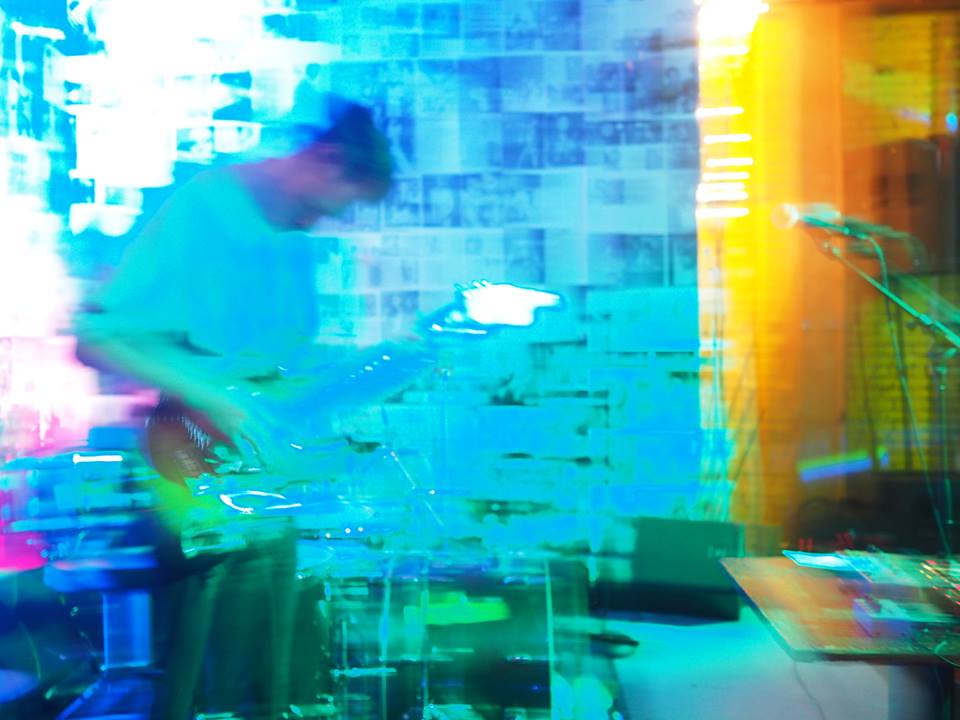Comments
Conveying a narrative of personal conflict through music
New York composer Poppy Nogood discusses the concept of loss and mourning behind his recent Preserved Sound debut Music for Mourning.

Poppy Nogood: I have been deeply involved with music throughout my life – I started playing classical violin at the age of three (Suzuki training), and later picked up piano, guitar and singing. At university, I studied music theory and history quite a bit. However, I’ve recently grown more interested in electronics and music production. I stopped taking violin lessons about a year ago, as I’m much more interested in figuring out how I can use my instrument in my own unique way rather than technical virtuosity.
Although I enjoy listening to academic music, I don’t feel like my own aesthetic sensibilities really fit in with much of the music coming out of academic institutions. Rigorous composition doesn’t really drive me – I simply want to speak through my instrument and see what comes out.
What characterises the sound of your recent album Music for Mourning?
I strive for a sound that is both tragic and beautiful. I have been very influenced by what I call neo-romantic emotional minimalism – Max Richter, Bing & Ruth, Nils Frahm, etc. I’m also obsessed with classic minimalism – La Monte Young, Terry Riley, Steve Reich, Philip Glass, Gavin Bryars, Julius Eastman and Andrew Poppy.
Romantic music has also always interested me and I am very interested in the idea of conveying a narrative of individual struggle through music. Mahler is probably my favorite composer, although my music doesn’t sound at all like his work. I am always stunned by the angst and beauty he harnesses. At the time I wrote this album, I was also listening a lot to György Ligeti and George Crumb, whose influence carried over into the fourth piece on the album “frame shatter”.
I want to make music that is passionate and emotionally taxing. I’m not particularly interested in convoluted harmonic motions in my compositions. Instead, I like to restrict myself to a key, a series of notes, a repeating motive and improvise around it, seeing what comes out. I believe that truth can emerge through improvisation – being forced to make decisions in the moment and following your natural instincts. Music for Mourning is purposely fragmented. I wanted to capture and depict a variety of emotions and feelings, all associated with a sense of mourning or loss, and attempt to do so through quick, schizophrenic juxtapositions of mood.
 |  |
What was your aim while you were writing and recording the album?
I wanted to make something beautiful and comforting. Music has been therapeutic for me as a listener at some of the most difficult moments of my life and I hope to give that experience to others. I think that through effectively capturing an emotion or a feeling that can’t so easily be described using language, we can realize that we’re not alone.
We all have many of the same experiences. I am very privileged to have had the time and resources to study music, but my hope is that anyone can find something to connect to within these pieces and that it can provide solace to all who mourn.
Is there a concept to the Music for Mourning?
Put simply, it’s a break-up album – but I hope it can be more. The “mourning” in the title has many dimensions – mourning for myself, mourning for the lost relationship and the life it once held. But I think everyone has something to mourn for and I don’t think mourning is bad – sadness can be a great feeling! But I wanted to make music that could be soothing and comforting, and perhaps just a bit troubling at the same time.
I see the album progressing as a story. It starts out subdued, with many sliding strings. These sliding strings give way to one lead violin in the second piece and things get more active throughout the third track before exploding into anger at the fourth. The fifth is the fall-out, the reminder that things will return to normal and everything will be OK, but it will be hard.
The titles reflect the blur of sadness and mourning – nothing is concrete, everything is always in flux.
In the first track, I depicted the sadness of reflecting backwards and realizing you are here and not there – “do you remember?” In “dirge-hymn”, I wanted to create a piece that started out like a funeral dirge and which gradually transformed into a spiritual hymn (hence the shift to the major key in the last two minutes) – one celebrates death, one celebrates life, but perhaps they are not so different.
“for the end of time” is inspired by the non-retrogradable rhythms of Messaien’s Quartet for the End of Time, although obviously it’s really more of a tip-of-the-hat to Steve Reich. The basic repeating pattern in the violins is pretty complex, and doesn’t fall into the four measure groups you would expect until more is piled on top of it.
“frame shatter” relates to madness – shattering the frame of the piece itself. Many of the pauses within this piece are longer than the pauses between the pieces as a whole. And “it’s cloudy outside” conveys a sense of resignation.
Finally, could you describe the recording process you used?
Ableton! Lots of reverb, lots of delay. With the exception of the first track that features my friend Alex on cello, I perform everything you hear on the album. Many, many violin tracks, a few synths on piece #3, synths and piano on piece #2, synths, piano and guitar on piece #5. Nearly all of the synth sounds on the album are from the Korg Volca Bass and keys.
I often start out with a basic repetitive idea, sketch or recorded improvisation. I then improvise around it and see what sticks. This was the general process for piece #5 – it started out with a piano improvisation demo on my phone that I then piled everything else on top of. Pieces #1 and #2 were more sketched out and pretty much entirely composed before recording, but I still added many improvised parts during recording, while with #3 and #4, I had an initial idea of where to start, and jumped off from there. Recording is an integral part of the composition process – I really don’t know where I’m going until I start recording.
Thanks to Patrick Nevada for the colourful photos.
Music for Mourning is available for purchase here.
